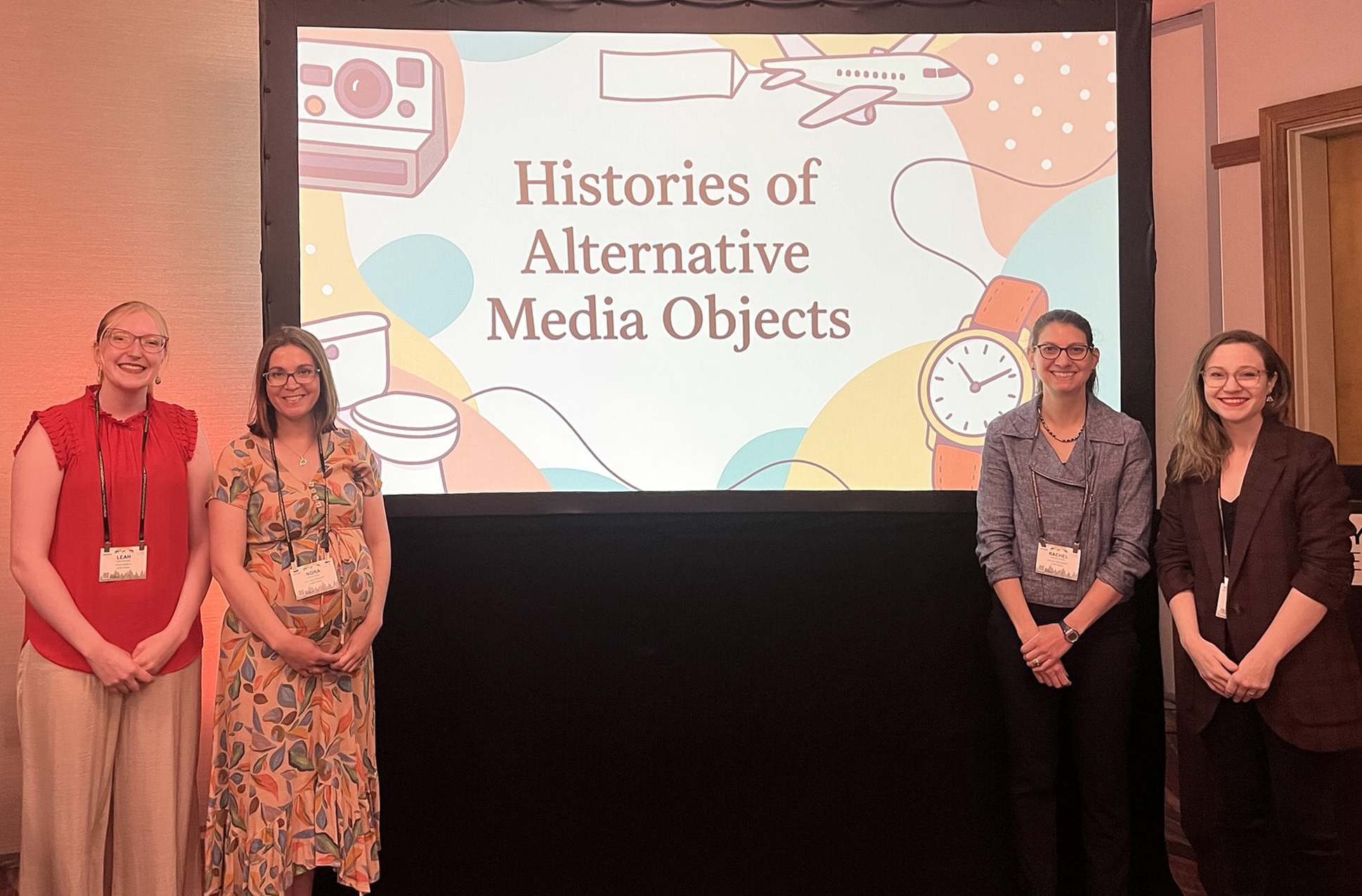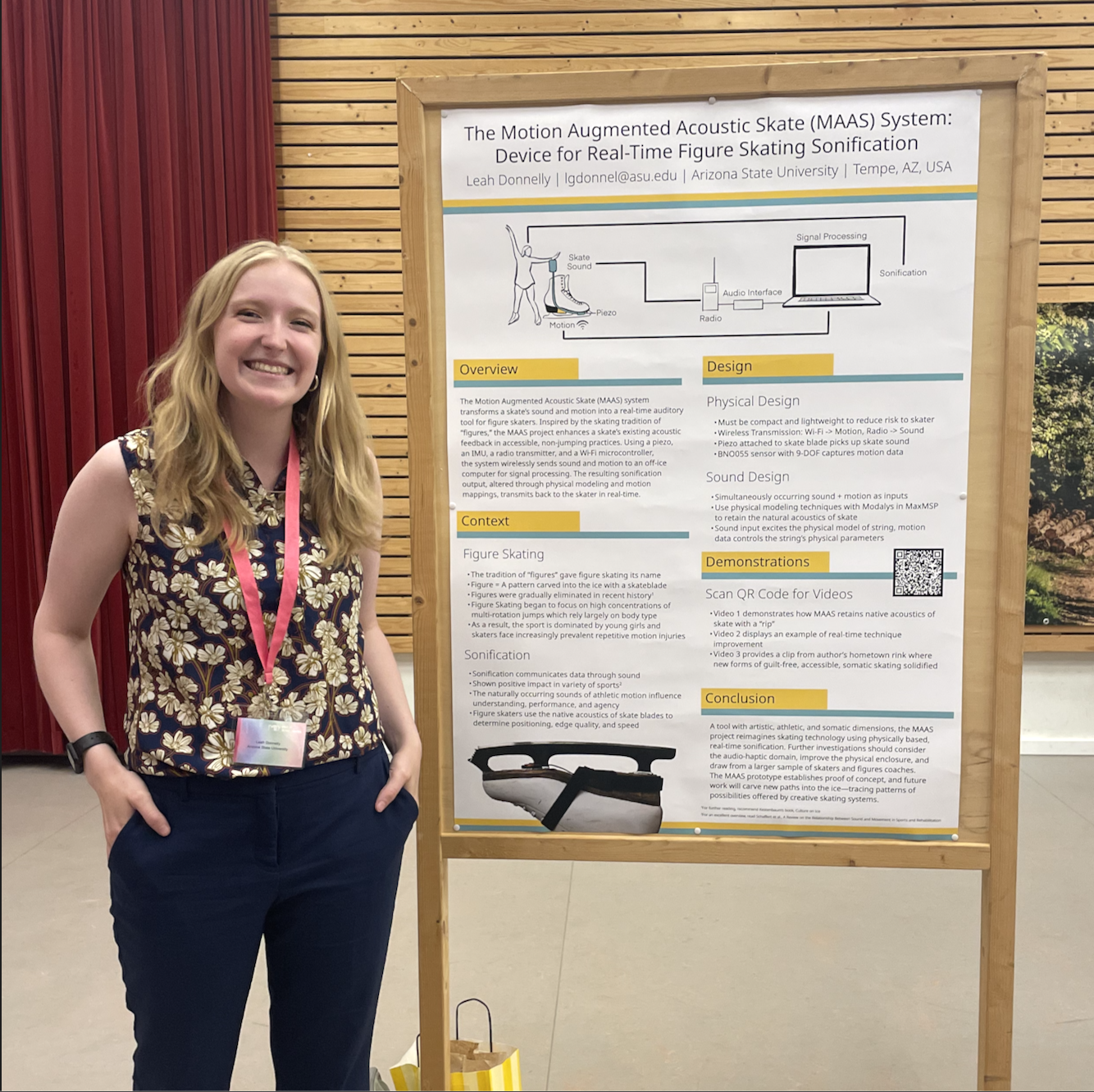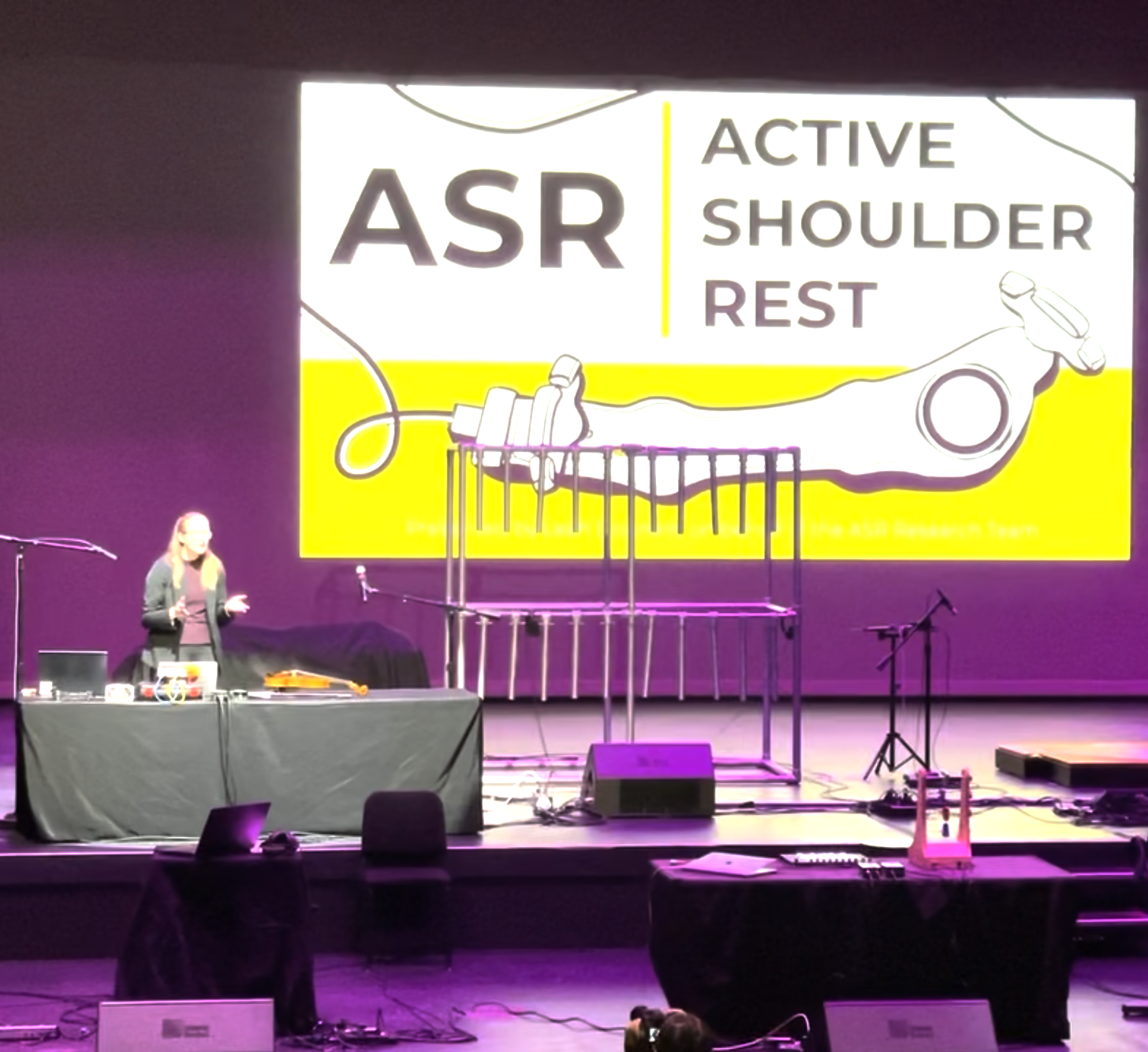
Eremomycete
Welded Steel, Wood, Electronics, 48"x24"x42", 2024
Eremomycete is an anti-telephone bench project, whose name comes from Eremo- + -Mycete. It is inspired by the dying furniture of telephone tables or gossip benches and the pink oyster mushroom. Because the telephone started as such a large and heavy object, the telephone bench emerged as an iconic piece of furniture to provide a table to hold the phone as well as a seat for one to sit and use the phone. Drawing from the iconic curves of gossip benches while using fungus imagery for the side table, this piece, a fungi-phone bench of sorts, acts as an anti-telephone table. If the user sits down on the bench and does not also put their phone away on the side table, then it will activate a loud countdown. This countdown will stop if the user puts their phone down on the sensor or gets up off the seat. I welded together the frame, cut and attached the wood pieces, and created a custom velostat sensor with conductive thread together with the circuit I designed. Exhibited at the Bi-Annual ASU Sculpture Show 2024.
MAAS System
I invented the Motion Augmented Acoustic Skate (MAAS) system, a device that transforms a skate’s sound and motion into a real-time auditory tool for figure skaters. Inspired by the skating tradition of “figures,” the Motion Augmented Acoustic Skate system enhances a skate’s existing acoustic feedback for non-jumping implementations. Using a contact microphone, an Inertial Measurement Unit (IMU), a radio transmitter, and a Wi-Fi microcontroller, the system wirelessly transmits sound and motion to an off-ice computer for signal processing. The resulting sonification output, altered through physical modeling and motion mappings, transmits back to the skater in real-time. Project began development during a competitive 10-week REU program.
project Publications
Leah Donnelly. 2024. The Motion Augmented Acoustic Skate (MAAS) System: A Device for Real-Time Figure Skating Sonification. In Proceedings of the 9th International Conference on Movement and Computing (MOCO '24). Association for Computing Machinery, New York, NY, USA, Article 23, 1–6. https://doi.org/10.1145/3658852.3658877
OUt of Order
Electronics, Other, 2023
Out of Order exposes parts of living with Irritable Bowel Syndrome (IBS) that are often concealed due to stigma. The toilet plays audio-haptic gut noises recorded by the artist that can be randomly chosen by flushing the toilet handle. Selected quotes from IBS sufferers' stories surround the toilet in shades of stool. And on the toilet paper roll, key statistics become visible when pulled out. This is an interactive installation. The artist encourages viewers to “feel” the noises (placing hands on parts of the seat, sitting on the toilet itself, etc.), unravel the toilet paper to grasp the physical space of the statistics, take a “dump” by leaving a message in the toilet bowl, and sit down on the loo and read through the IBS digest on the wall to learn what IBS is and why this project exists. Shown in the Data Feminism Exhibition 2023 ASU.
Waggle Ballet
Electronics, Other, 2024
I am honored to have collaborated on this incredible project with Kiara Felder and Staçia Meconiates. Waggle Ballet re-imagines ballet performance focused on accessibility for blind and visually impaired communities. I created the system for capturing data as well as the sound environments for the project. The system makes use of wifi microcontrollers, BNO055 motion sensors, and FSRs. The physical enclosures were designed according to the safety, accessibility, and aesthetic ideals of the performers, and uniquely uses hand-sanitizer snap bracelets among other modified and sewn enclosures. Both performers' sound environments were designed in MAXMSP To learn more about this exciting initiative, click the Learn More button to check out Kiara's Thesis.
PalinSpastic
Electronics, 2023
I created this work when my grandfather had a rapid decline with dementia. Coded in MaxMSP and using an M5 stick, I created a sound environment ruminating on these emotions. I contacted a local movement artist, handed them the system, and didn’t tell them how to use it or what it could do. After 10 minutes of them experimenting with the system, we recorded their interpretation of the piece. In the background, if you listen very closely, you will occasionally hear the sounds of me and my family celebrating my grandfather's 90th birthday before his decline. The piece is structured around ecological metaphors, which are complemented by a granular memory of tools creating glitches and replaying bits of compositions' past.
BIOME
Laser Cut Wood, Electronics, Maya, 2022
A circuit bending project designed as a stand alone instrument or in conjunction with a corresponding VCVRack environment. Includes featured snippet of Biome used as sound design for a work inspired by Mary Cassatt's Children Playing on Beach.
Gone Fishin'
Wood, Electronics, Fishbowl, In Progress
Piece Coming Soon.
Payphone
Electronics, 2025
A piece created for Mark Tan's Exhibition Impermanence in Vision Gallery. I rewired two payphones at Tan's request. Using ultrasonic sensors, the phones detect and ring for visitors. Upon picking up phone #1, the user is directed to leave a message. User messages are encoded on a sound board and assigned a number. Users can playback their own message or listen to others by typing in numbers. When phone #2 is picked up, the user is greeted with a dial tone. My primary role in this collaboration was rewiring, soldering, and troubleshooting the payphone execution, as well providing my electronic expertise in the exhibition as a whole.
ToadSpool
Wood, 2024
The ToadSpool is currently on display and updated pictures will be posted when it returns. The ToadSpool is a versatile and whimsical tool for solder spool. Using a combination of hand carving, lathework, and machinery, this prototype was created out of basswood. The top of the mushroom cap can be easily twisted on and off with its internal threaded insert. The ToadSpool sits on a base with convenient small solder-sized holes for those extra pieces always left after a project. In addition to being useful, it creates the mirage of a futuristic mechanical grass. If you are on the go, the ToadSpool can easily be removed from the base and wielded as a hand-held tool as well.
Song Sparrow
Oil Painting on Wood, 36"x36", 2023
Solder Snail
Welded Steel, Broken Dishes, 2024
This is Nigel, the solder snail. He assists by dispensing, not slime, but power and ground wires during the soldering process. Where a snail's tentacles would normally protrude, Nigel instead has wires that can be pulled and cut to length. Nigel reminds me that like a snail, I must move slowly and leave behind a nice trail of shiny materials in my soldering work. Nigel works hand in hand with his trusty friend the ToadSpool.
STill Morning
Oil Painting on Canvas, 48"x60", 2023
Food
Oil Paintings on Wood, 6"x6", 2023
Part of a larger series of work tackling disordered eating and reclaiming food as a neutral object.
FIgure
Oil Paintings on Paper, 2024
Featuring Weight & Stuck
Suck it In
Oil Painting on Canvas, 24” x 48", 2024
Eating My Selves
2024
An exhibition project created with psychology student Sydney Drew. Eating My Selves is part of a series of design sprints and performance art pieces done with different collaborators during a study abroad experience in Amsterdam. We curated an immersive exhibition involving an original somatic exercise, a hallway gallery, reflective spaces, and concluding conversations.
In Case of Emergency
Red Oak, Plexiglass, Glass Jars, 2025
Information on the piece coming soon.
Excavating the Queer Wristwatch: A gendered Lineage of WristWorn TIme
Author & Presenter, Undergraduate Thesis, 2025
Drawing from media archeology, feminist science and technology studies, and critical horology, this 86-page undergraduate thesis excavates the gendered histories, presents, and futures of the wristwatch. Worn by women since the 16th century, the wristwatch contains a powerful queer lineage that has been suppressed by the repetition of dominant narratives. By deconstructing the disruptive evolution and gendered discourses of the wristwatch, this thesis unearths a larger sedimented mythos of gender, time, and power. Published in the Barrett Thesis Repository. Work also accepted and presented as a poster in the Barrett Symposium 2025.
Historicizing Time Through Wearable Histories
Co-Presenter, International Communication Association (ICA) Conference, 2025
Presented with Dr. Jaime Lee Kirtz on the Histories of Alternative Media Objects panel at ICA 2025. This paper explores the wristwatch as a media object, utilizing a media archaeology lens to interrogate the sociohistorical implications of wearables. Examining the evolution of wristwatches, it contextualizes contemporary devices like the Apple Watch within narratives of rationality, efficiency, self-discipline and patriarchal capitalism. Highlighting the often-overlooked contributions of women and marginalized groups in watchmaking, this analysis not only reimagines the history of wristwatches but also reveals how these media objects shape our understanding of communication practices.
The Motion Augmented Acoustic Skate (MAAS) System: A Device for Real-Time Figure Skating Sonification
Author & Presenter, International Conference on Movement and Computing, 2024
Inspired by the skating tradition of “figures,” the Motion Augmented Acoustic Skate system enhances a skate’s existing acoustic feedback for non-jumping implementations. Using a contact microphone, an Inertial Measurement Unit (IMU), a radio transmitter, and a Wi-Fi microcontroller, the system wirelessly transmits sound and motion to an off-ice computer for signal processing. The resulting sonification output, altered through physical modeling and motion mappings, transmits back to the skater in real-time. The design and implementation of the Motion Augmented Acoustic Skate (MAAS) prototype is discussed as a future artistic, athletic, and somatic tool. Presented as a poster @MOCO & published in the Conference Proceedings in the Association for Computing Machinery (ACM) digital library.
Active Shoulder Rest PResentation
Presenter & Co-Performer, The Guthman, 2023
Presented on behalf of the Active Shoulder Rest (ASR) research team as one of nine people in the world at the prestigious Guthman Musical Instrument Competition 2023. In addition to the presentation, I designed a performance that would showcase the ASR’s capabilities and suit local musician Felix Pei, who would only be able to test the system a day before the performance. I built several custom code environments using both VCVRack and MaxMSP and co-performed with Felix by adjusting dials and fading in and out of different interactive audio spaces.























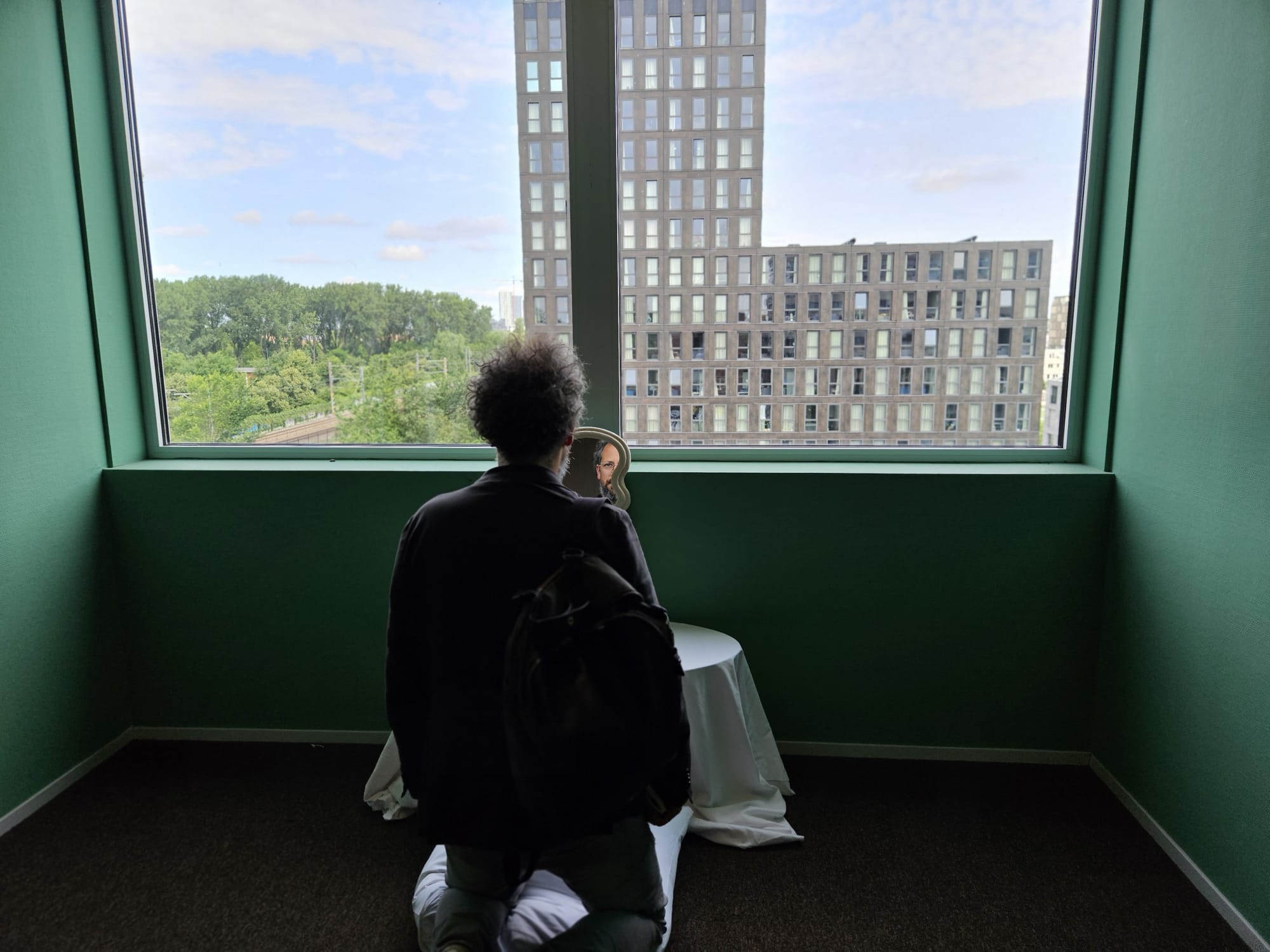







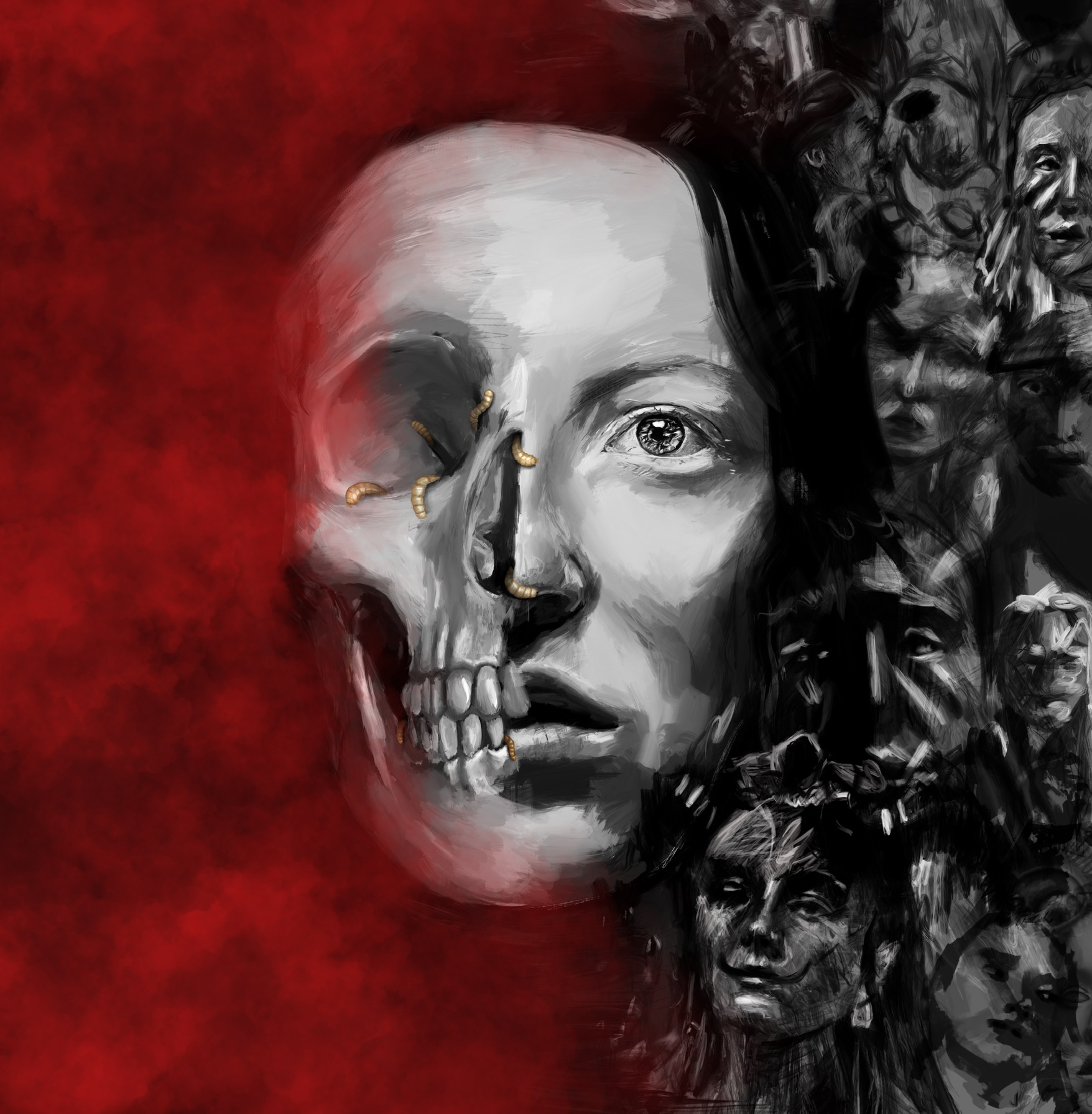





















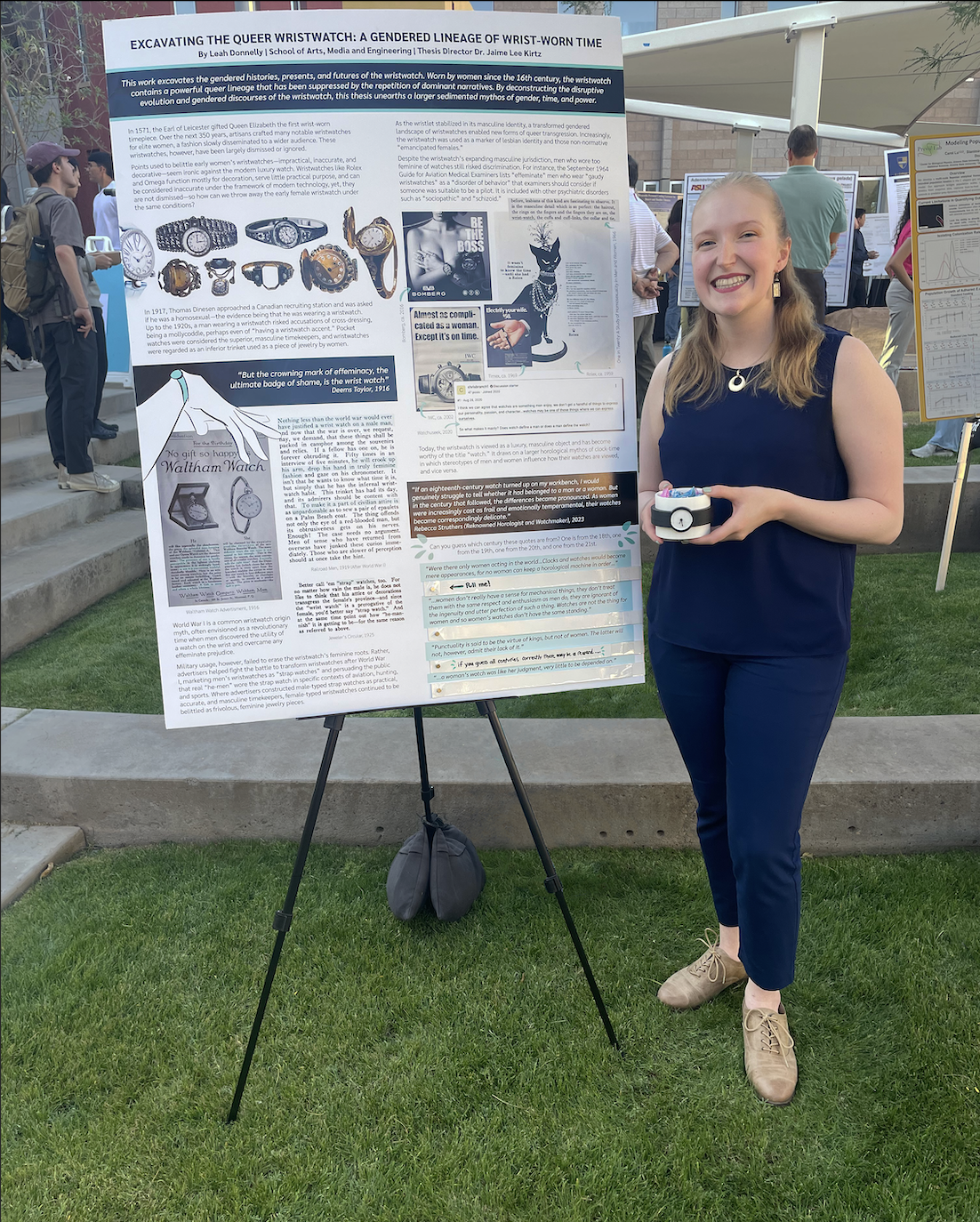
.png)
